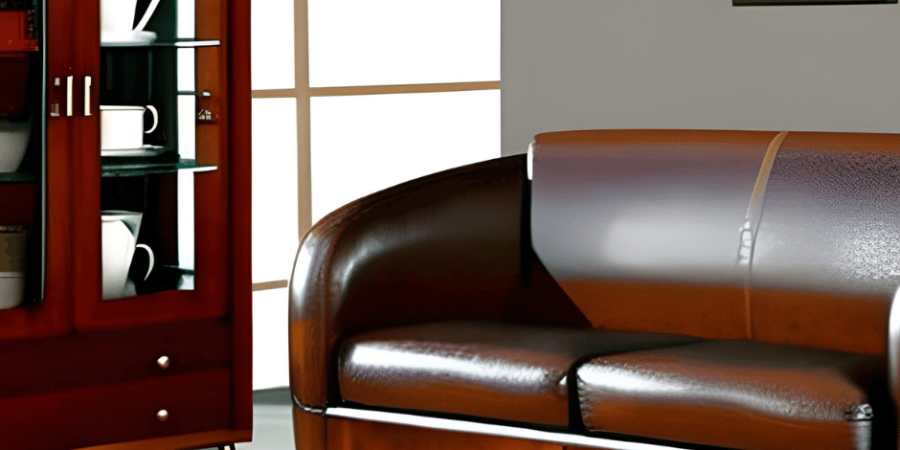Should it “stay” or Should it “go”?
Up-cycling is an environmentally friendly practice that promotes sustainability and decreases waste, conserve resources, sparks creativity, and is budget-friendly. Up-cycling also results in high-quality items and has a positive impact on the environment, making it an ideal choice for eco-friendly consumers and DIY enthusiasts seeking alternatives to mass-produce.
Up-cycling furniture is a cost-effective method of sprucing up your home while reducing waste and saving money. This technique includes painting, adding new hardware, and other creative ideas. Reviving old furniture through creativity and personal touches is the essence of up-cycling. With your home decor style, there’s no better way to create the home of your dreams.
This guide provides tips and tricks for beginners looking to upcycle furniture. Suggestions include choosing sturdy furniture, sanding before painting or staining, adding creative elements, and considering the overall design of the room.
Other advice includes experimenting with different techniques, seeking advice from experienced up-cyclers. Up-cycling furniture is a cost-effective and sustainable choice that allows for creativity and personalisation.
Here are some tips to help you get started:
Planning your Up-cycle
Choose furniture pieces that have good bones and are sturdy enough to handle being updated. it is important to assess the condition of the piece first. Take a thorough look for any damages or structural issues that need fixing. Ideal places to search for your up-cycle piece would be a marketplace platforms such as Simply Post it, Gumtree and Facebook along with second hand furniture stores, garage sales and even friends and families with unwanted furniture. Once you’ve decided on your piece, decide on a new goal or design for the piece, which will help you pick the right materials and techniques. Collect all the necessary tools and materials, such as fabric, paint, stain, and hardware.
Remember, upcycling is a chance to explore your creativity, so don’t hesitate to try new ideas and think outside the box. And best of all, it doesn’t have to break the bank.
Clean and sand the piece to prepare it for painting or staining
Prior to beginning the refinishing process, it is important to give your furniture a thorough cleaning and sanding to remove any dirt, grime, or rough areas. For older pieces, such as a dining or coffee table, extra effort may be required, but the final outcome will be well worth Once completed, it’s important to address any structural issues that may need attention before proceeding. This may involve tightening loose joints, replacing missing or broken parts, or reinforcing weak points
Before painting or staining your piece, make sure to prepare the surface by filling in any holes or cracks and sanding it down to a smooth finish. Once the piece is prepped and ready, it’s time to unleash your creativity and get started on your upcycling
Choose a paint or stain that will work well with the furniture’s style and intended use.
Selecting the Right Paint or Stain for Furniture Renovation. Breathing new life into an old dresser or side table is a fantastic way to spruce up your space. To complement the furniture’s style and intended use, pick a paint or stain that works well. Whether you prefer a bold pop of color or a more subdued finish, the right paint or stain can work wonders.
Add new hardware or decorative elements to give the piece a fresh
Try incorporating new knobs, handles, or legs to update its appearance without a full overhaul. You can even transform storage baskets into drawers by adding handles. The best part of upcycling furniture is that you can mix and match different techniques to create unique and one-of-a-kind pieces. The possibilities are endless, and you never know what amazing creation you’ll come up with!
Consider adding extra storage or functionality to the piece, such as adding a shelf or repurposing drawers.
Don’t be afraid to get creative and try new techniques, such as decoupage or new upholstery to customise your piece
It’s time for the exciting part! There are numerous techniques you can use to transform your upcycled furniture into something new and unique. Here are ways to add charm and personality to your furniture,
- Decoupage: By gluing decorative paper or fabric onto a surface, you can create a unique and personalized piece.
- New upholstery: Upcycling an old chair or ottoman by replacing the fabric is a great way to upgrade the look and add comfort.
- Distressing and ageing: Using simple tools, you can give the furniture a worn and vintage appearance. This technique is perfect for adding character to your piece.
Finishing and protecting your Up-cycle – The Final Touch
Congratulations on completing your upcycling project! The final step is essential in preserving the quality of your piece. To protect it, you will need to strengthen the surface and apply a sealer or varnish to shield the surface from scratches, stains and other forms of wear.
There are many online communities and forums where experienced upcyclers share tips and advice. Don’t be afraid to ask for help or advice – the upcycling community is generally very supportive and happy to share their knowledge. Below are some links that I have found very useful.
Upcycling guide – how to upcycle for beginners (cosmopolitan.com)
How to upcycle furniture in 5 easy steps | Homes To Love






Leave a Reply